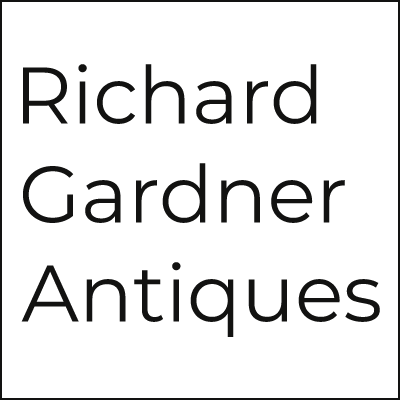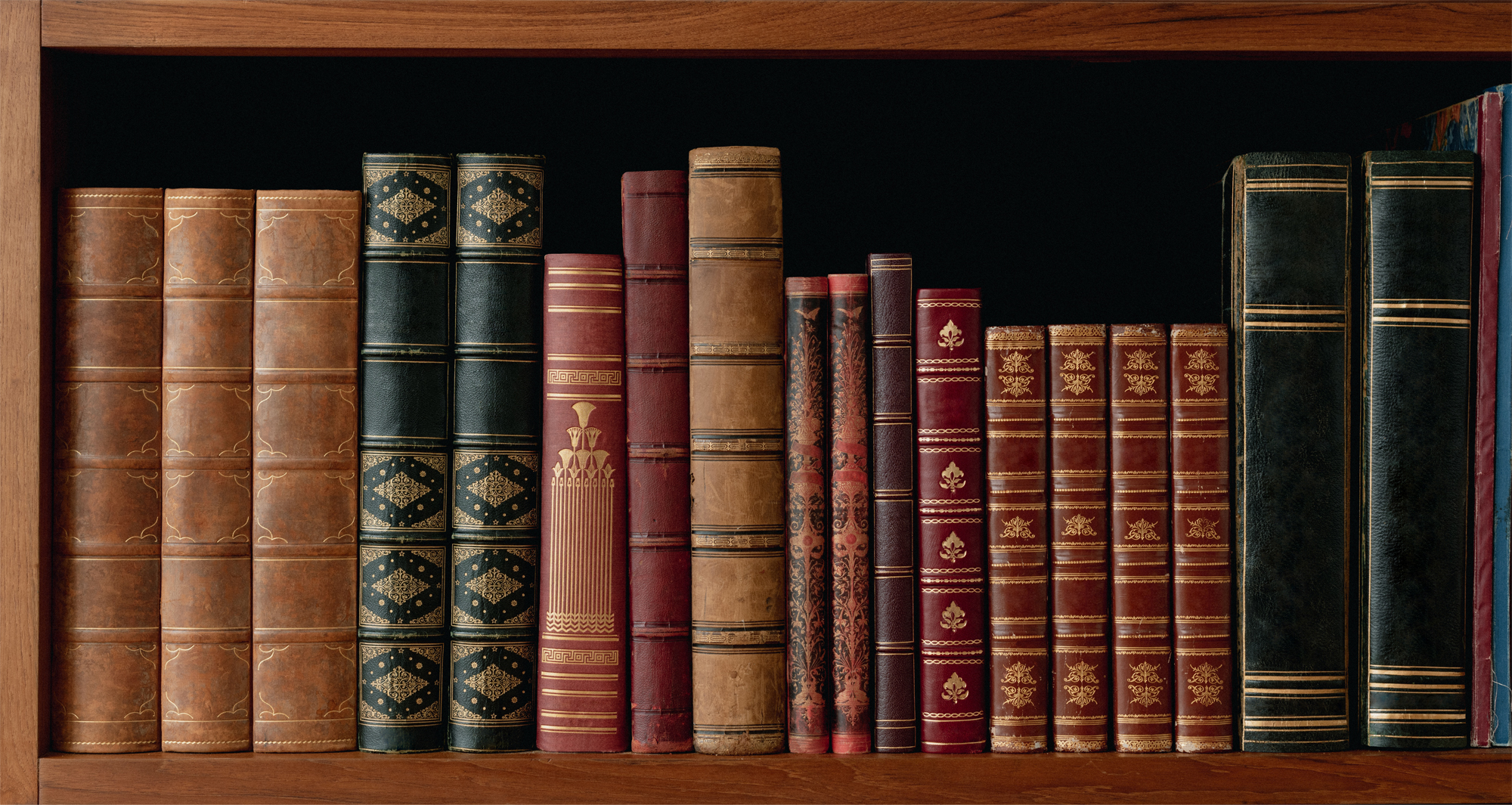Care for Silver
CARING FOR ANTIQUE SILVER & METALWORK
Silver and Plated Ware
Contrary to popular belief, silver does not need constant cleaning and in fact should not be cleaned more than absolutely necessary. The need to do so can be reduced by regular dusting with a soft cloth, using a brush with very soft bristles for crevices, or washing in warm soapy water, rinsing well and drying with kitchen towel. Silver should not be put in a dishwasher as the salts and detergents may harm the surface. Silver, in common with all metals, can be easily scratched, dented or fractured and should therefore be handled with care. When not in use or on display it will tarnish less if kept wrapped in acid-free tissue paper or undyed cotton or linen and kept in airtight conditions.
Tarnishing does not actually harm silver. It is caused by a number of factors including humidity and sulphurous foods such as egg yolks and brussel sprouts, therefore table silver which has been in contact with them should be washed as soon as possible. Fingerprints can leave deposits which also cause tarnishing so it is helpful to wear cotton gloves while cleaning or dusting. In order to remove tarnish it is best to use impregnated cloths, silver foam or polish as these are the least abrasive products: it is also helpful to use a long-term variety as this will reduce the need for frequent cleaning. Silver cloths can be made at home by soaking a cloth in a mixture of whiting, methylated spirits and water. Silver dip, which can be wiped on large objects with cotton wool, should not be re-used too many times as particles of silver collect in the jar and can then leave a deposit on other pieces which is hard to remove.
When cleaning silver only use a silver polish, not a metal polish intended for copper and brass. This is particularly important when cleaning old Sheffield plate or electro-plate. Rinse after cleaning in clean water and dry with kitchen towel or a clean tea towel. A dry soft brush can be used to remove polish from crevices. Never use wire wool or an abrasive cloth to remove stains as they will scratch the surface, and polish as seldom as possible as a small amount of metal will be removed over time. This can be a particular problem for plated objects as the silver will eventually be worn away, exposing the metal core. Worn plated wares can be re-silvered professionally but this can reduce the value of good antique Sheffield plate as the finish and colour may not be true to the original and the sharpness of any engraving on the piece may be dulled.
Silver will corrode as a result of being in contact with salt, causing a green crystalline deposit. Salt cellars should always be gilt or glass lined and the salt should be removed from them immediately after use.
Gold
A gold object may be solid or plated, silver gilt, or ormolu and it is advisable to establish which before treating it. Gold is soft and therefore a thin layer on silver can be rubbed away all too quickly. It also scratches easily so should be handled with care but it does not tarnish unless it has a high silver content as is the case with some 9 ct. gold. Light dusting or gentle washing in warm soapy water is all that is recommended in the way of cleaning.
Pewter
Pewter is also easily scratched and dented. Its high lead content will lead to corrosion in acid conditions which includes oak, so it is inadvisable to store or display pewter pieces in or on oak furniture. Acids in the atmosphere can also cause the problem of powdery corrosion or warty spots which should be treated by a specialist. A heavily stained or very dull surface can be treated by gently wiping it with a cloth impregnated with linseed oil and talcum power or a mild abrasive powder such as whiting or rottenstone. This should then be removed with cotton wool moistened with methylated spirits, washed, rinsed and dried. It is a matter of debate as to whether pewter should be polished to a silvery finish, allowed to develop a dark, matt surface or given a soft gleam by regular, light buffing with a dry soft cloth.
Copper and Brass
Both copper and brass naturally develop a soft patina which is an asset on antique pieces and should not be cleaned off with metal polishes. Regular buffing with a soft cloth or chamois should be enough to keep the metals clean without harming the patina. Both can tarnish however: brass to a matt greenish-brown surface while copper tarnishes to brown and corrodes to a green patina. Heavy staining can be treated with long-term copper or brass cleaners or impregnated wadding while a light tarnishing can respond to a long-term silver cloth. Another method of removing tarnish is to mix a level tablespoon of salt with a tablespoon of vinegar in half a pint of hot water. and then, using extremely fine wire wool, swab brass with the solution without rubbing hard. For copper, use a rough cloth rather than wire wool. Wash in hot soapy water, rinse, dry and then apply polish. Remember that both metals scratch easily.
Cleaning
Silver should not be cleaned more than absolutely necessary with proprietary polishes as they remove a small amount of metal each time they are used, a particular problem for plated objects as the silver will eventually be worn away, exposing the metal core. Regular dusting with a soft cloth and a soft-bristled brush for crevices reduces the need for cleaning while the safest method to do so is to wash it in warm soapy water, rinse well and dry thoroughly with kitchen towel. Precious metal objects should not be put in a dishwasher as the salts and detergents may harm the surface. Sulphurous foods such as egg yolks and brussel sprouts cause tarnishing (which does not actually harm the silver) and therefore table silver which has been in contact with them should be washed as soon as possible.
In order to remove tarnishing it is best to use impregnated cloths, silver foam or dip as these are the least abrasive products and it is also helpful to use a long-term variety as this will reduce the need for frequent cleaning. Silver cloths can be made at home by soaking a cloth in a mixture of whiting and methylated spirits. Silver dip, which can be wiped on large objects with cotton wool, should not be re-used too may times as particles of silver collect in the jar and can then leave a deposit on other pieces which is hard to remove. Another safe method of cleaning plated items, without removing the silver, is to use a chemical dip. Lay aluminium foil in a plastic bowl and place the item on it. Wearing protective gloves, dissolve half a cup of sodium carbonate (washing soda) in two pints of very hot water and pour it over the item. The solution will bubble as the corrosion is transferred chemically from the object to the aluminium. After a minute or two, remove the object from the solution using wooden tongs or a wooden spoon and rinse it under hot water, dry and burnish it immediately. This dip can also be used for copper and brass but do not clean different metals in the same dip and never dip inlaid or enamelled pieces.
A safe method of cleaning plated items without removing the silver is to use a chemical dip. Lay aluminium foil in a plastic bowl and place the item on it. Wearing protective gloves, dissolve half a cup of sodium carbonate (washing soda) in two pints of very hot water and pour it over the item. The solution will bubble as the corrosion is transferred chemically from the object to the aluminium. After a minute or two, remove the object from the solution using wooden tongs or a wooden spoon and rinse it under hot water, dry and burnish it immediately. This dip can also be used for copper and brass but do not clean different metals in the same dip and never dip inlaid or enamelled pieces.
Start cleaning by using a dry soft brush to remove dust or dirt which could scratch the surface if rubbed in and rinse after cleaning in clean water and dry with kitchen towel. A dry soft brush can be also be used to remove polish from crevices. Never use wire wool or an abrasive cloth to remove stains as they will scratch the surface.
Silver containing a large proportion of copper may corrode as a result of being in a damp atmosphere or in contact for too long with salt, causing a green crystalline deposit. This can be a particular problem for those who live near the sea and salt cellars should always be glass lined or have the salt removed immediately after use. The green deposit can be wiped off plated silver with methylated spirits but solid silver should be treated professionally.
Worn plated wares can be re-silvered professionally or with a proprietary replating agent. This can however reduce the value of good antique Sheffield plate, the finish and colour may not be true to the original and the sharpness of any engraving on the piece may be dulled.
In common with all metals, silver can be easily scratched, dented or fractured and should therefore be handled with care and as little as possible. Fingerprints can leave deposits which cause tarnishing so it is advisable to wear cotton gloves while cleaning or dusting. When not in use or on display it will tarnish less if kept wrapped in acid-free tissue paper or undyed cotton or linen and kept in airtight conditions.
Reproduced with kind permission of LAPADA


